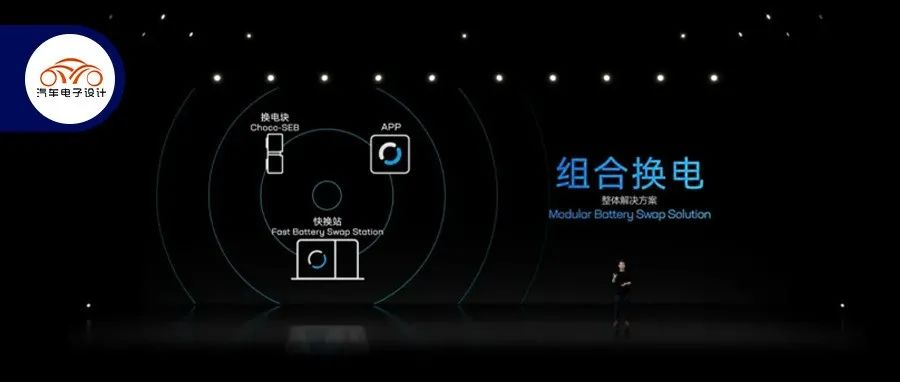Yesterday, in the field of power batteries, Ningde Times announced the launch of its battery swapping service brand EVOGO and a complete set of battery swapping solutions. In other words, Ningde Times is building a mobile energy solution service through its wholly-owned subsidiary, Times Electric.
Regarding the solutions provided by Ningde Times, the following questions arise:
● Can the solution surpass the snap-on battery swapping system provided by ODRIVE?
● Can NIO’s automotive solution connect with the designs of various automobile companies and become a standard third-party solution?
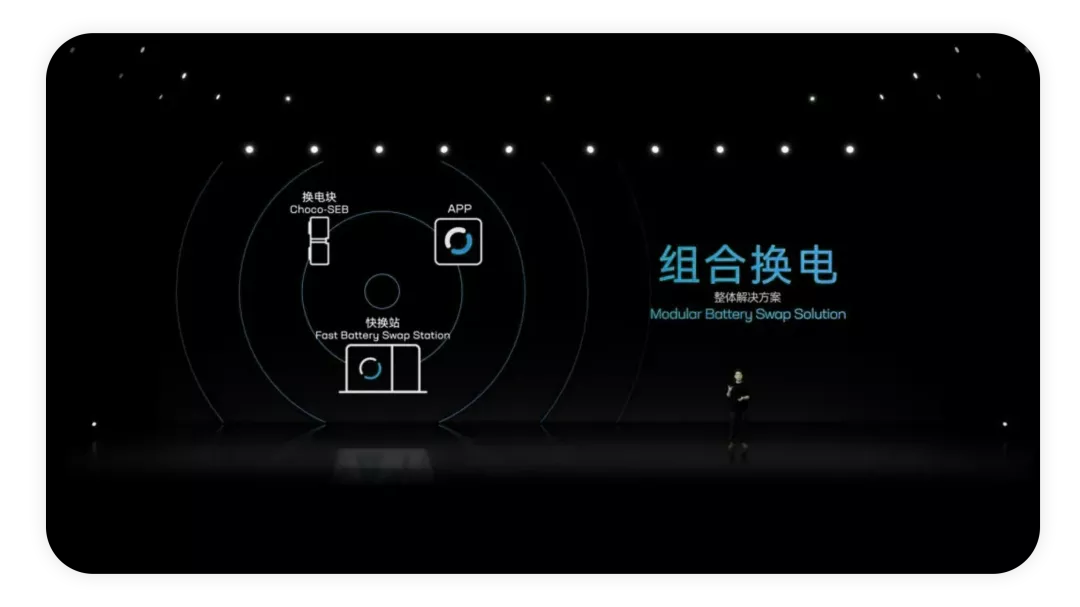
Matching Battery Systems and Cars
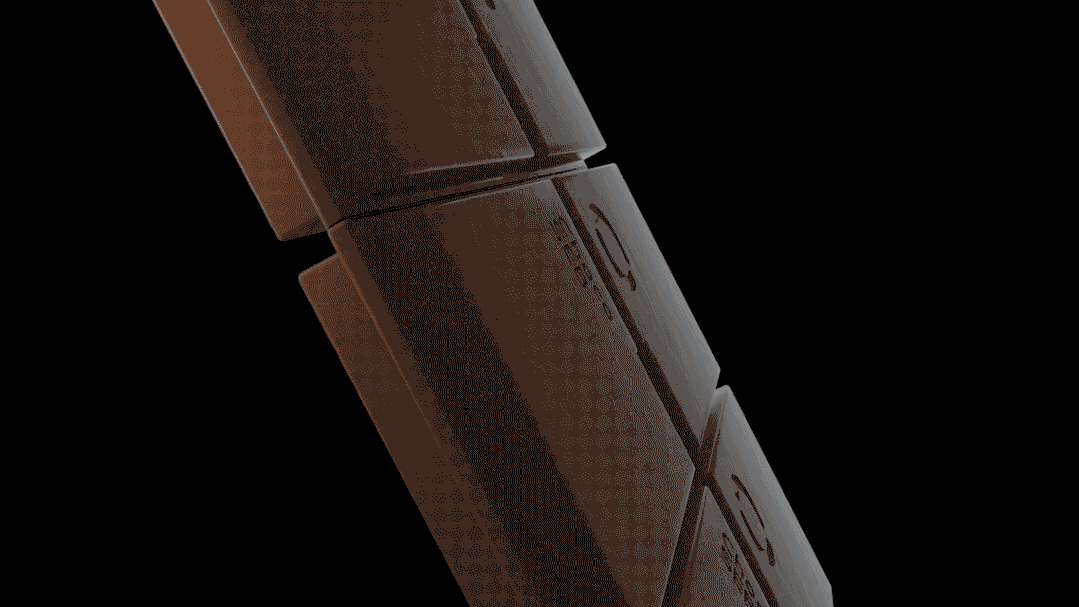
The main features of Ningde Times’ “Chocolate Battery Block” include the following:
● Design of single battery unit with 26.5kWh, aiming to provide a range of about 200 kilometers.
As shown in the figure below, the battery is decomposed into different sizes to adapt to different dimensions. Each battery cell only needs to consider high voltage connection, which can reduce the design difficulty of high voltage fast connectors.
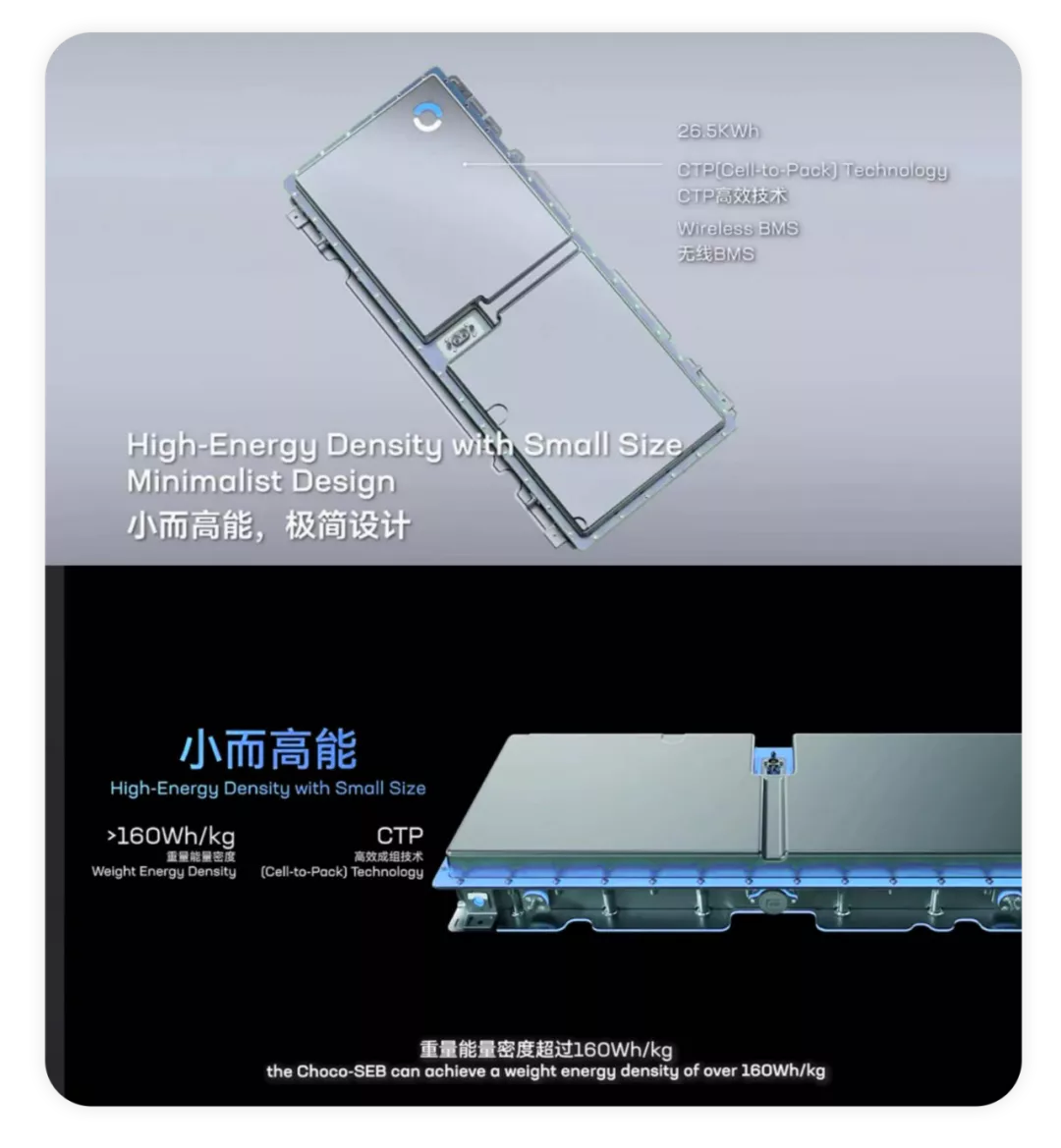
● Free combination of battery unit models.
Following this set of logic, the whole battery swapping system can provide different solutions, such as 1 block (26.5kWh), 2 blocks (53kWh), and 3 blocks (79.5 kWh). Specifically, we can guess that this system actually uses the parallel connection method commonly seen in Ningde Times’ large bus systems, which are connected through internal high-voltage relays.
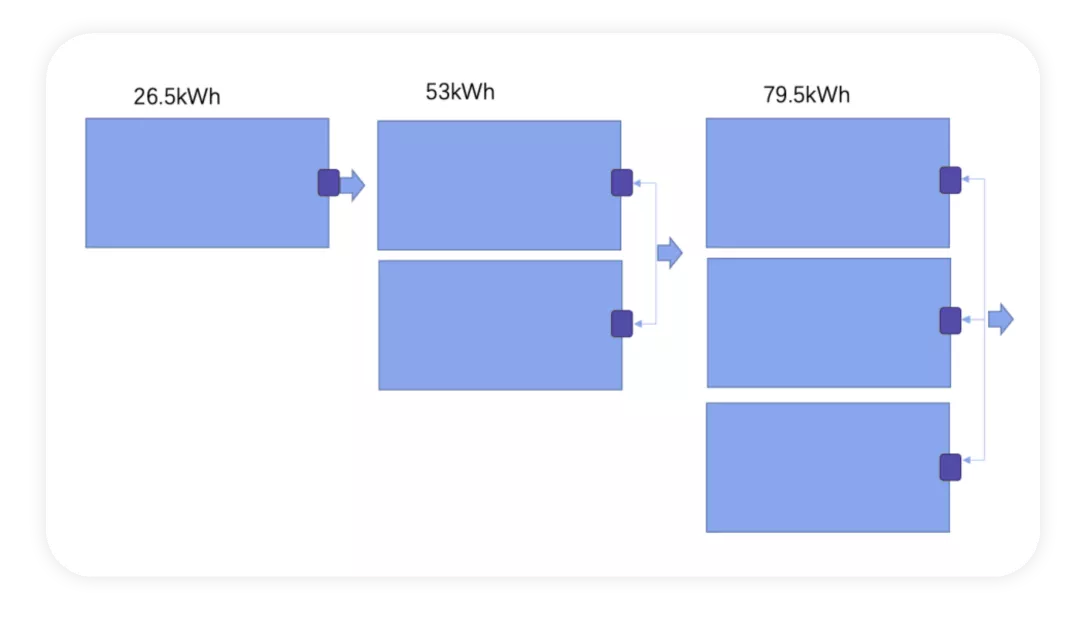
The core issue here is how to install three battery units effectively.
According to Ningde Times’ reply, this means that three battery units need to correspond to one battery bracket. This means that three battery brackets need to be pre-installed on the car, and the high-voltage lines and “cooling pipelines” need to be pre-installed and fixed.
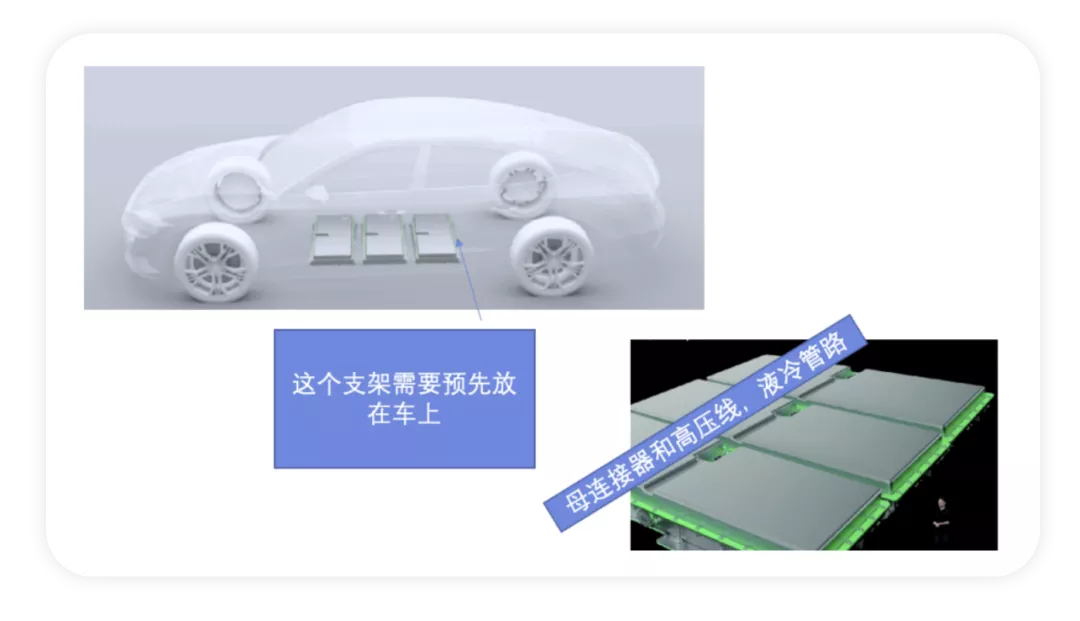
● Electrical designIt is precisely because of this that wireless BMS technology is needed, with only high-voltage positive and negative interfaces on the outside, otherwise all three batteries need to be connected and communicated externally.
In order to match these three different battery configurations, a very flexible battery management system networking strategy is needed, and an independent networking device needs to be installed on the car for configuration.
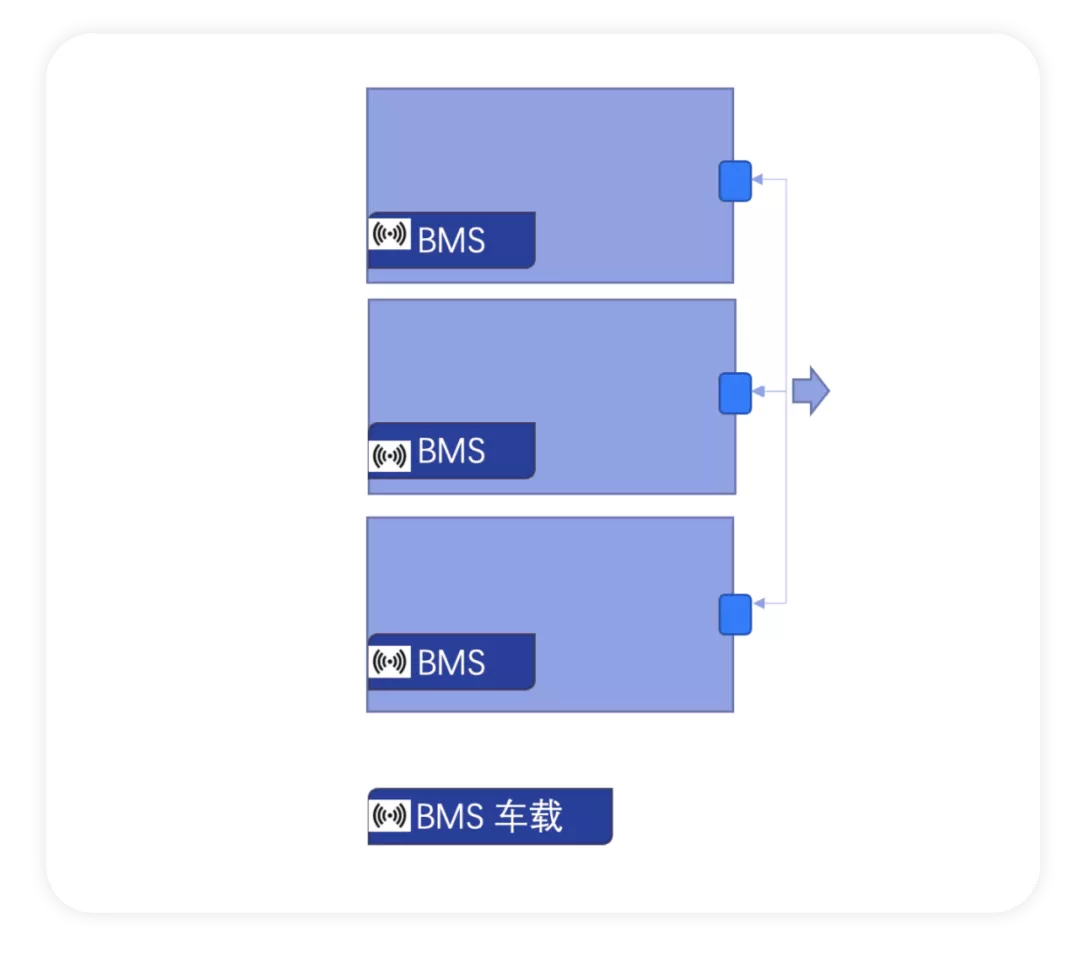
For electrical suppliers, multiple distribution settings are required here – my understanding is that if high-voltage parallel connection is required, each battery pack needs a master positive, master negative, and pre-charge system, and then independent current sensing is added. Each BMS needs to collect data from nearly 100 individual battery cells.
Note: My biggest question here is whether CATL will abandon the large battery cell technology roadmap; that is to say, even if CATL adopts the latest CTP technology, the battery capacity will only be around 70Ah according to the 26.5kWh design, which may return to the VDA cell specifications. Although the weight energy density is over 160Wh/kg and the volume energy density is over 325Wh/L, from a cost perspective, it is not similar to the direction that is currently being pursued.
The design for the battery-swapping station is quite interesting. Because the overall battery block is relatively small, subsequent overall stacking is relatively easy. The interesting part is that the matching quick-change station has the characteristics of small footprint, fast circulation, and large capacity. Only three parking spaces are required for a standard station, and single battery swapping takes about 1 minute, with a capacity of 48 battery swapping blocks stored in the station. In this sense, the density of single-layer stacking and layout is quite high here.
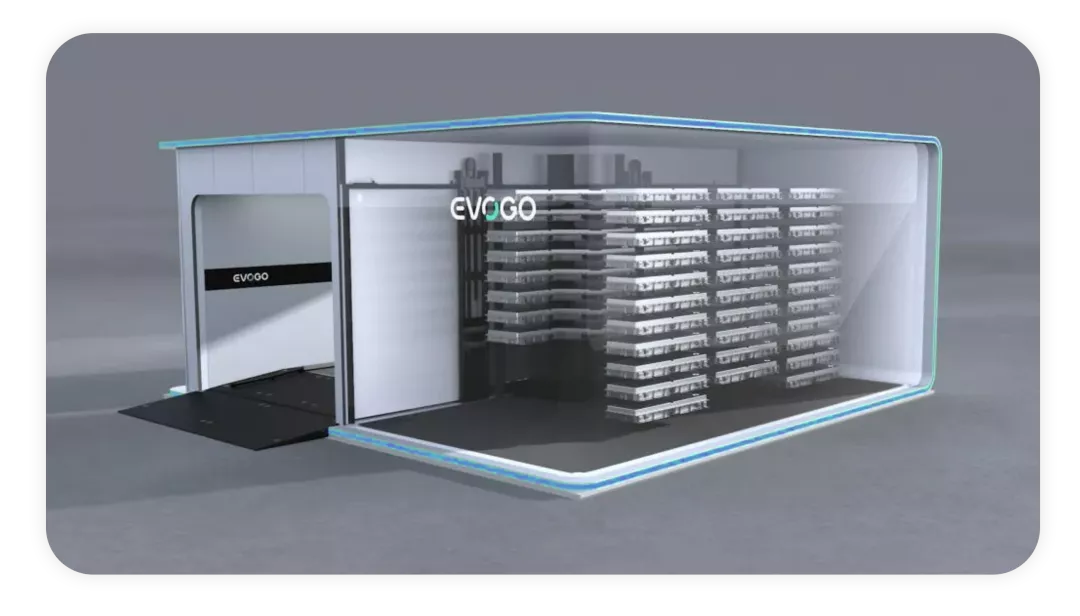
There are many issues with battery-swapping in China. First of all, from the perspective of automakers, if CATL is successful, OEMs will not even have basic design rights in the field of battery design. The strategic goal of “chocolate battery swapping block” is to make all brands of vehicles available and break through the barrier of adapting batteries to different vehicle models, achieving freedom of choice for battery-swapping vehicles. That is to say, this third-party battery swapping solution can be used by different automakers, which may solve the problem of battery standardization.
This matter is being handled by CATL, which supplies more than half of China’s batteries, so it is possible to succeed, especially since their products cover most of China’s automakers.
Note: as long as the management department thinks it’s feasible, this plan could be largely successful without the participation of automakers.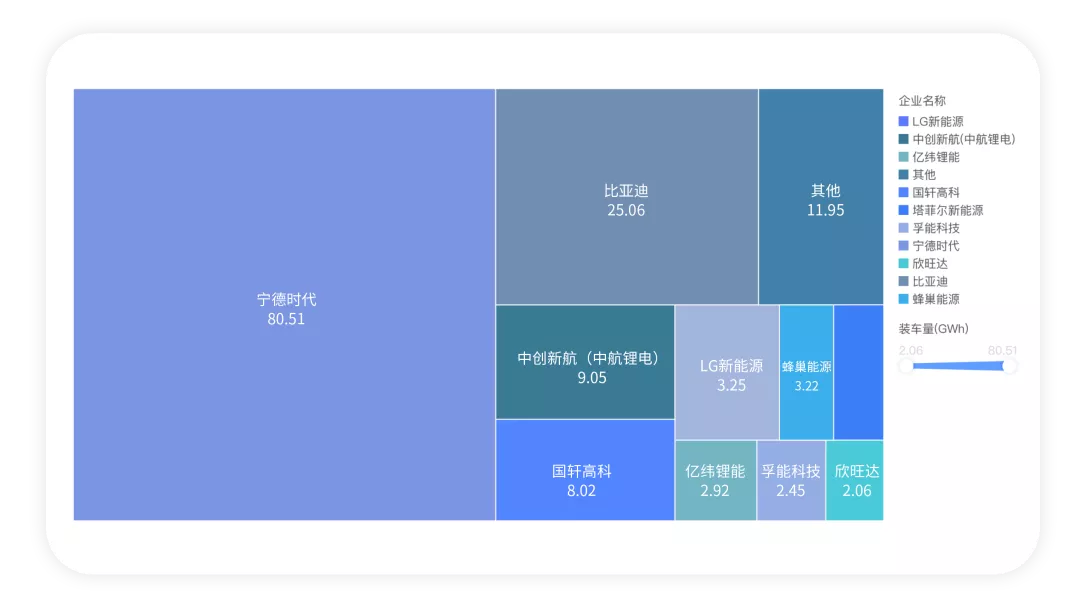
On the other hand, for most consumers, they can “rent electricity on demand” and freely choose the number of battery swap blocks based on their own usage scenarios and habits. Through “renting electricity on demand”, consumers only need to rent one battery swap block for daily commuting in the city. If they want to travel long distances, they can choose two or three blocks, achieving the freedom of electricity use that can be increased or decreased. This exploration is actually very inspiring, but it requires the solution of a concurrency problem, which is easier said than done.
To summarize, regardless of whether this approach succeeds or not, the market does not really need so many automotive companies to design different battery systems. In other words, under the Matthew effect in the next stage, if a company does not become a first-class, large-scale automotive enterprise, then it can only passively accept solutions as a second party. We may only need to focus on promising automotive companies, as after reaching a certain scale, they may become very passive.
This article is a translation by ChatGPT of a Chinese report from 42HOW. If you have any questions about it, please email bd@42how.com.
